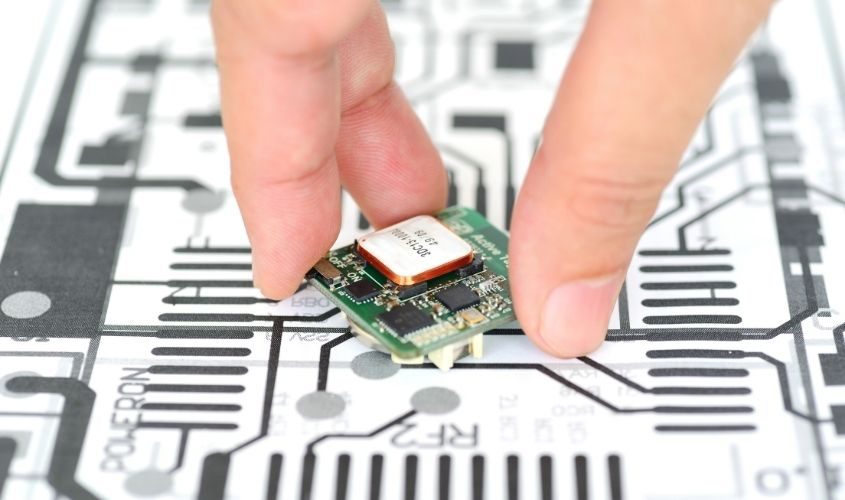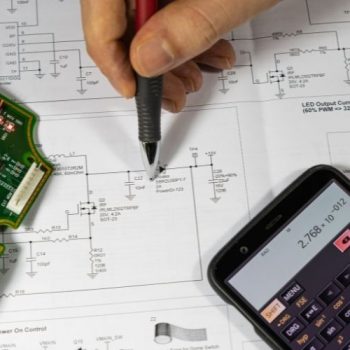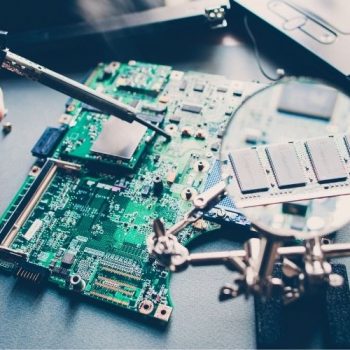Building a PCB is never an easy job, as even the smallest details can make large changes to the overall system. However, if you keep a few key things in mind when making your PCB, it becomes a lot more manageable. Here are the top five things to know before designing a PCB.
Component Placement
Choosing your components isn’t easy, but placing them on the circuit board presents a whole new level of difficulty. The problem is that you want to put as little distance as possible between components, but you quickly run into issues with overheating, traces, resistance, and technological limits. You need to find the balance between saving space and still having functional parts.
Traces
Traces are the routes between components that send signals throughout the PCB; they’re very important. As a general rule, you want to keep these traces as short as possible and keep them separate to avoid noise interference.
Overheating
PCBs have a lot of problems with overheating; as the electricity flows through the PCB, the parts heat up and can cause lasting damage if the design is poor. You need to plan for this heat by factoring in component distance and leaving space for heat venting techniques.
Spacing
The biggest thing that every part of PCB design must account for is the spacing between parts. You need to leave enough space between traces and components, along with extra layers and other necessities for your PCB. You must do all of that while keeping the PCB a certain size to fit your device.
Prototyping
The best way to deal with these problems is to use careful planning and blueprinting to create your PCB. However, you can only get so far with the blueprint; eventually you’ll need to invest in an actual prototype PCB to test your designs. Luckily, you can talk to prototype printed circuit board manufacturers to create a small version of your PCB before you make a final version.
These are the top five things to know before designing a PCB if you want to make a successful PCB for your device. By following this guide, you’ll find yourself in a much better position to make the PCBs you need.










